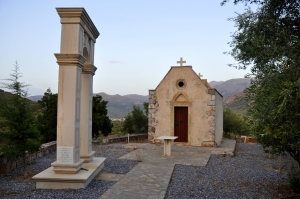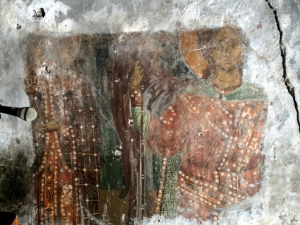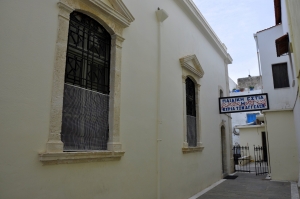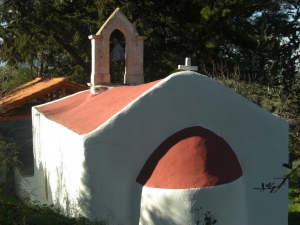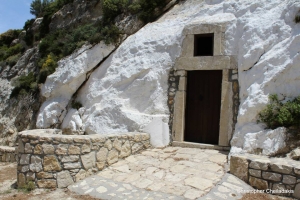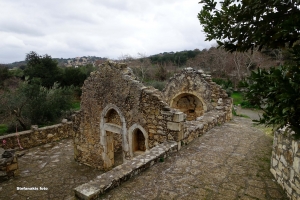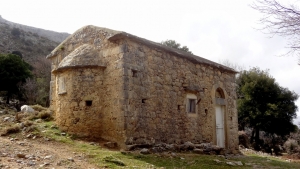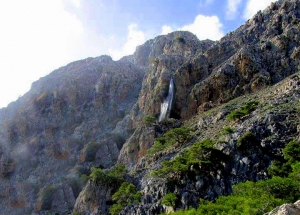Το χωριό Αβδού παίρνει το όνομά του από τον Προφήτη Αβδιού. Στην τοποθεσία Λινές έχει αναστηλωθεί κατεστραμμένος ναός που πιστεύεται ότι ανήκε στον προφήτη Αβδιού και έχει λάβει το όνομά του. Ο ναός εορτάζει στις 19 Νοεμβρίου.
Parakalouri, now known as Saint Constantine, is a small village of the province of Mirabello. Apart from the small lake formed in winter, the place is known for the church of Saint Constantine and Saint Helen which bears frescoes dating back from the Venetian Era.
The present church of the Lady of the Angels or Mikri Panagia (Little Virgin Mary) to the east of the Old Town of Rethymnon, in contrast to the Megali Panagia (Great Virgin), that is, the Rethymno metropolitan church, was built in the last years of the Venetian rule and was dedicated to Mary Magdalene of the Dominican Order.
Saint Demetrius by Galifa operated as a monastery during the Venetian Era, as evidenced even today by the dispersed traces of monk cells around. The doorway is impressive with a relief representation of Saint Demetrius on horseback. The small monastery was a dependency of Agarathos monastery.
Just outside the village Houdetsi and very close to the archaeological site of Vathypetro we meet the cavernous church of St. Panteleimon (Pantaleon). It is built on a slope of an area called Thergia with amazing views to the valleys of the northern Heraklion and the sacred mountain of Youchtas.
Κοντά στο Δημοτικό Σχολείο του χωριού Σκουλούφια υπάρχει ο ερειπωμένος ναός της Παναγίας, του οποίου η στέγη έχει καταρρεύσει. Ο ναός που χρονολογείται από το 1410 δε φέρει τοιχογραφικό διάκοσμο, αλλά σώζεται ακόμη ένα πολύ όμορφο γλυπτό παράθυρο.
Ο λιτός ναός του Αγίου Ιωάννη του Βαπτιστή βρίσκεται στο όμορφο μικρό οροπέδιο της Αλόιδας, στην περιφέρεια του χωριού Μέσα Λασίθι, σε υψόμετρο 1140μ στην οροσειρά της Δίκτης. Στο σημείο αυτό, που βρίσκεται δίπλα σε πηγή με τρεχούμενο νερό, έβρισκαν καταφύγιο ο Καπετάν Καζάνης από το Μαρμακέτο και οι άνδρες του μετά το 1821, από όπου εξορμούσαν κατά των Οθωμανών.





